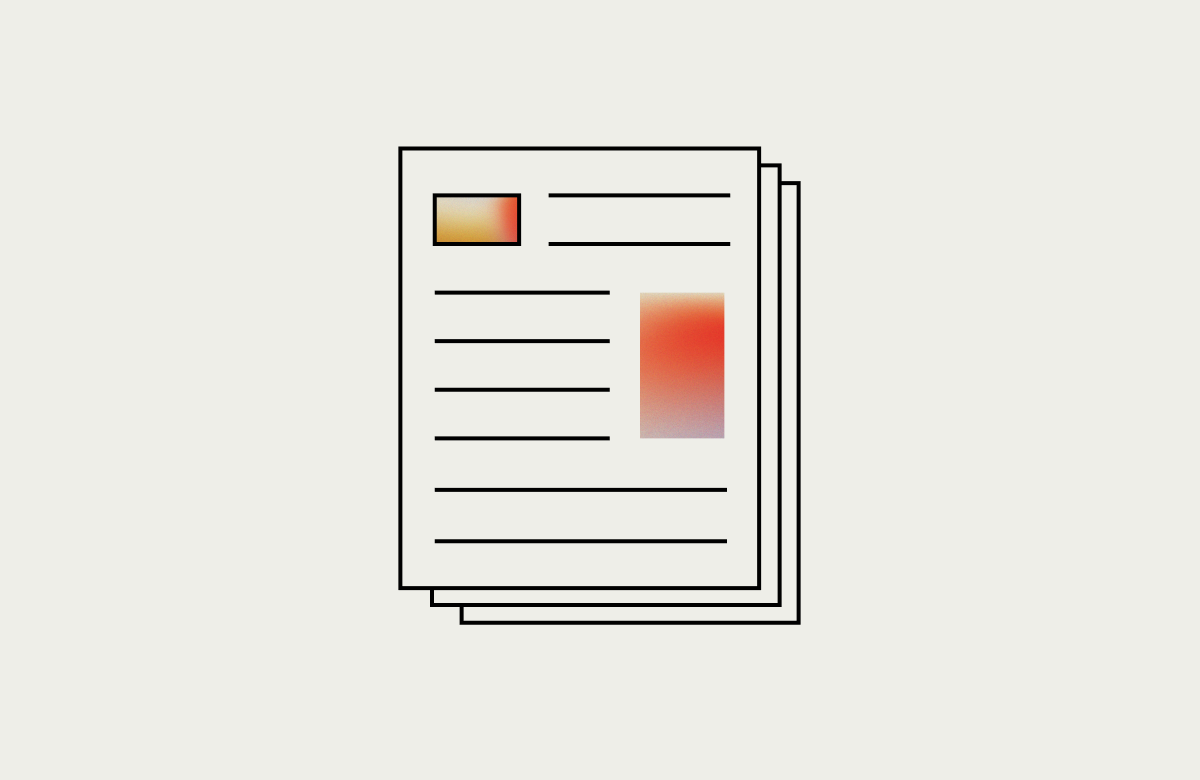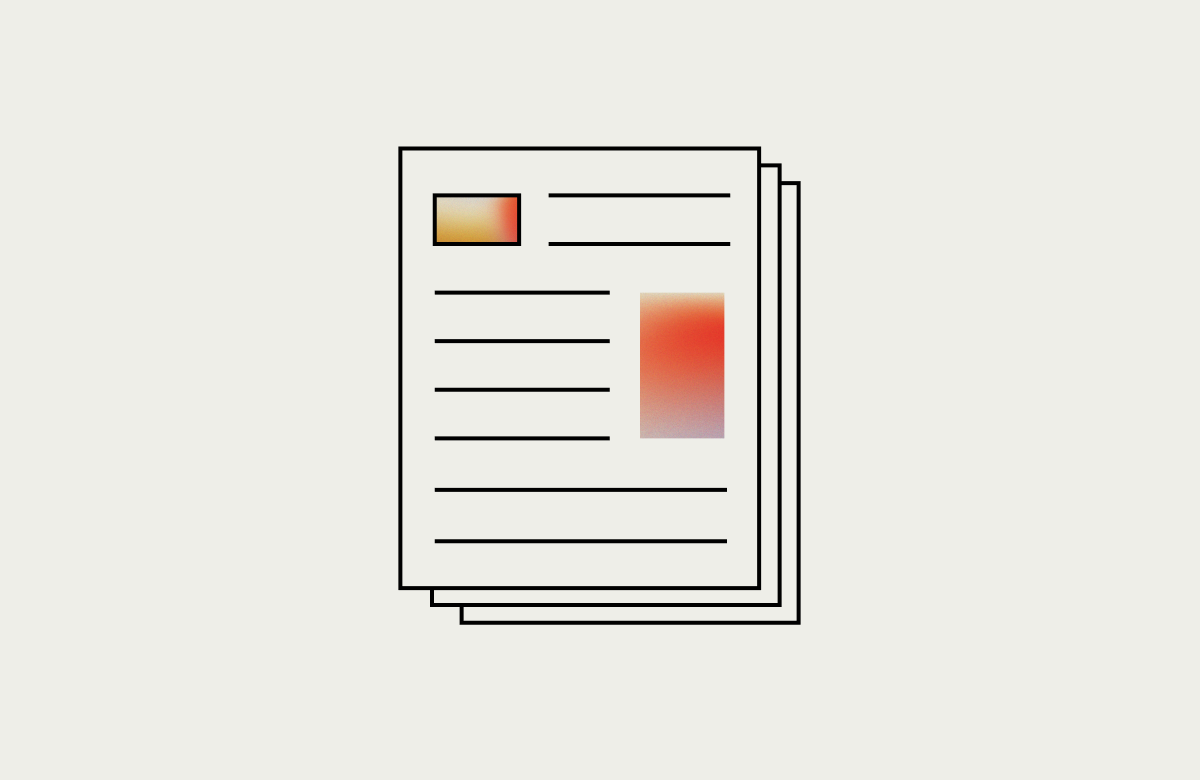At 17% of GDP, healthcare is now the single largest cost factor in the American economy. If healthcare continues to rise and becomes more than 20% of the GDP, it will have a major impact on spending in critical areas like transportation, education or infrastructure.
There are major national structural and policy changes that must occur to stem the rising cost of healthcare. But these take time and are outside the control of payers and providers.
However, with better use of technology, healthcare payers and providers can reduce both their administrative and clinical costs, resulting in improved innovation and better patient outcomes.
How did we get here?
Healthcare traditionally uses a fee-for-service (FFS) payment system. This system reimburses for services rendered rather than value achieved. A FFS system drives up costs by encouraging greater use of the healthcare system.
The traditional healthcare model is also paper driven and lacks integrated data on costs and treatment effectiveness. With little coordination/sharing of data between providers, it remains hard to quantify costs or determine where they can be reduced. Even with the extensive use of electronic health records (EHRs), sharing/coordination of patient data between providers remains inconsistent and often incomplete. This drives up healthcare costs and impacts care.

Rising healthcare costs can also be attributed to increased use of technology. More complex medical equipment, new sensors, better testing, and more tailored drugs are costly. Electronic health record implementation/integration impacts operational workflows and takes additional budget. EHRs and greater reliance on technology creates greater security risks, another cost factor.
But new technology can save costs on both the administrative and clinical side of healthcare. It can streamline processes and provide greater insights into patient health and care. Organizations can stand up cloud-based platforms at a fraction of traditional IT builds.
The challenge is to properly plan, budget, implement, integrate and maintain these new technologies to achieve maximum cost efficiency and improved health outcomes.
Administrative costs and technology
Administrative costs are 25% of the overall costs of hospital spending, according to a Commonwealth Fund study. Because administrative costs are so large, payers and providers can achieve significant efficiencies and savings by implementing technology to create better data streams and analysis.
Fraud, waste, abuse and errors (FWAE) are four major areas that increase administrative costs. They are hard to combat with a paper-based healthcare system. Information is difficult to track, data is siloed, analytics are limited by the lack of easy access to data and there are redundancies in data collection.
Implementing electronic health records and value-based payments can potentially reduce these pain points and drive down overall costs.
However, better and quicker access to more and different kinds of data does not automatically reduce administrative costs. Organizations still need to make sense of that data. They can decrease FWAE with analytical tools combined with artificial intelligence (AI) technologies like machine learning or natural language processing. This will lead to improved operational efficiencies and better clinical outcomes.
Moving business processes to cloud-based platforms reduces administrative costs while providing better flexibility to stand up new applications. The cost savings realized through cloud implementations frees up resources for new innovation and improved business models needed in a value-based environment.
Clinical costs savings
Ninety percent of healthcare costs is caring for the chronic disease population, according to a recent Rand study. Technology can support improvements in the treatment of chronic disease and co-morbidity (more than one chronic condition) populations in many ways, including: greater use of telehealth, building more APIs and mobile applications to bring information and better analytical tools to frontline clinicians and, at a macro level, creating better global population health management strategies.

Organizations can also engage more types of data, such as socioeconomic, to help them produce better care and outcomes. Using these new sources of data and AI to create better care coordination plans or population health management strategies will accelerate over the next several years. This is due to the shift to pay for value, which emphasizes outcomes and better cost management.
How to implement technology innovation
To reduce costs and improve outcomes, organizations must properly implement and integrate these new technologies into healthcare ecosystem workflows. This starts with creating IT and business plans that take into account the existing IT environment, budget/political constraints and current/future business drivers.
Before you start planning the tactical implementation, you need to properly assess what your current IT environment looks like. No organization is starting from ground zero. Many have large legacy systems that may hinder future innovation.
Solutions to this include starting over from scratch or transitioning to a hybrid environment that infuses new technology with the existing infrastructure. While a hybrid environment provides some improvement over a traditional legacy infrastructure and framework, it can also create increased complexity and more workarounds in the future.
The next step is to understand how your business drivers and culture helped create the current IT environment, and what technology improvements you need to meet future challenges.
These two areas – assessing IT infrastructure and understanding the current and future business environments – combine to shape an innovation strategy. They will help you determine whether to augment the existing infrastructure or tear down and rebuild. They will also help you estimate the costs of such a strategy, and from where you can fund innovation.
Don’t fall behind
Healthcare is a more conservative industry than finance or retail. That’s good when assessing the impact of a new medication or treatment method, but not when it stifles innovative technology that saves money and lives.
If you think your organization is falling behind, don’t panic. There are many models for success and many organizations similar in size and scope to yours who face similar challenges.
Network with others in your space who are experiencing digital transformations. Learn about their approaches and how they deal with challenges and inhibitors.
Talk to healthcare analysts to get holistic industry perspectives. Meet with vendors who have helped other healthcare organizations transform and see how they can assist.
Create a detailed transformation strategy and don’t approach this endeavor piecemeal. Budget constraints and/or cultural factors can limit the size and scope of an approach. But knowing what needs to be done and the consequences of it, is critical to having technology be a cost saver, rather than a cost driver.


